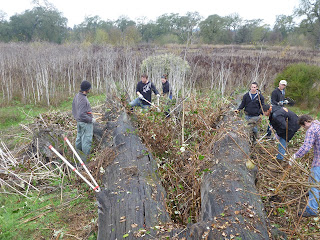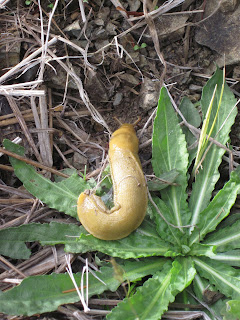Just under 10 years ago, in 2004 The Conservation Fund, an environmental non-profit organization, bought 24,000 acres of Redwood and Douglas Fir forest which became California's first large nonprofit-owned working forest. Only 4 years later it became certified under the Climate Action Reserve as a source of green house gas reduction. This means that Garcia River Forest receives funding through a system known as carbon taxing which pays you not log trees because of carbon sequestration. But the interesting thing is that Garcia River Forest also gets money from sustainable timber harvesting, so it works out that they are payed to leave most trees in place but are also paid for some selective logging.
But instead of clear cutting, Garcia River Forest practices sustainable forest management through Selective Harvest methods known as silver culture logging. With this, Group Selection Units, or groups of trees are carefully chosen for logging. Many regulations are in place prohibiting logging of certain trees especially those that are suitable Spotted Owl or Marbled Murrelet habitat described to be dense dark stands of Redwoods or large Douglas Firs with wide limbs. Northern Spotted Owl Habitat has various regulatory categories, such as nesting or roosting habitat, and plays a big role in tree harvest selection. Garcia River Forest logging practices are very monitored and are required to abide by California Forest Practice Rules and huge effort is put into putting together CEQA documents.
Various restoration projects are in place on the property including logging road maintenance and culvert installation. We also saw how they improved salmon habitat by placing trees so that a portion of them is in the creek.
Garcia River Forest has a unique system that exemplifies how environmental policies and economic incentives can be utilized to maintain a healthy and working forest.








































